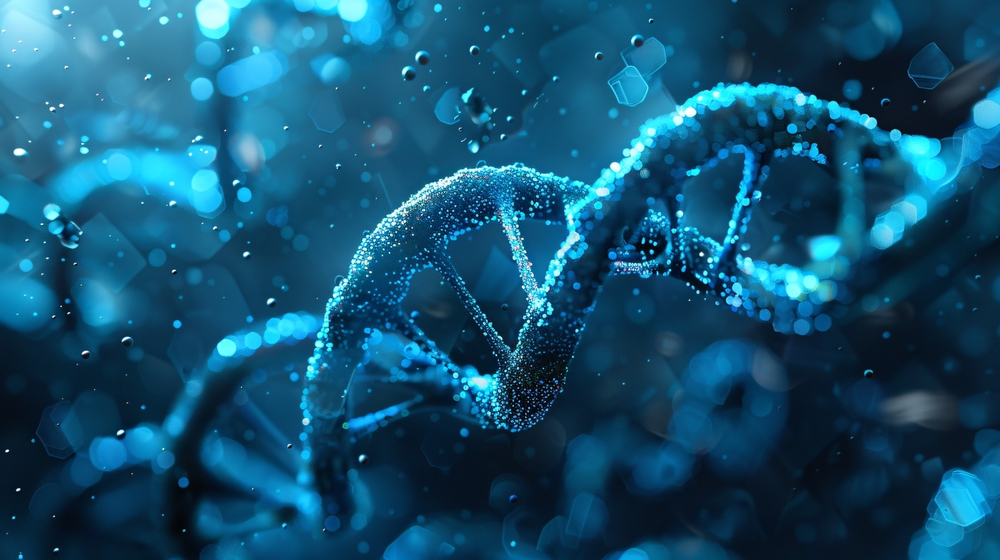Researchers Discover Brain Cell Protein That Reverses Memory Decline Without Removing Alzheimer’s Plaques
Last updated on
What if we’ve been chasing the wrong villain in the story of Alzheimer’s? For decades, scientists have zeroed in on the dark buildup of beta-amyloid plaques those sticky protein clumps that gather in the brain as the prime suspect behind memory loss and cognitive decline. Billions have been poured into therapies designed to clear them away, and yet, most have failed to stop the disease’s relentless march. Even when the plaques vanish, memories often don’t return. It’s like cleaning the ashes but never extinguishing the fire. But a quiet revolution is underway in neuroscience is one that’s not about removing what’s broken, but reigniting what still works. Deep inside the brain, long-overlooked support cells called astrocytes are stepping into the spotlight. And at the center of this shift is a natural protein called hevin, now shown to reverse memory loss in mice without touching a single plaque. Could healing the brain mean nurturing its inner caretakers instead of attacking its debris? This is more than just a scientific breakthrough. It’s a reimagining of how we understand aging, resilience, and the biology of memory and it could change the way we fight one of the most feared diseases of our time.Have We Been Targeting the Wrong Thing?
For years, Alzheimer’s disease has been synonymous with the buildup of beta-amyloid plaques protein fragments that clump between neurons and disrupt communication. These plaques, easily visible under a microscope, have served as both the defining hallmark and the presumed cause of the disease. As a result, most treatment strategies have focused on eliminating them, under the belief that clearing plaques would halt or reverse cognitive decline. But the results have been sobering. Despite promising early trials, plaque-targeting drugs have consistently fallen short. While some succeeded in reducing amyloid levels in the brain, very few delivered meaningful improvements in memory or daily function. The puzzling disconnect between reduced plaques and persistent symptoms has raised a critical question in the scientific community: What if amyloid plaques aren’t the main driver of Alzheimer’s after all?Rare Gene Mutation Delays Alzheimer’s by Damping Immune Cell Inflammatory Signalinghttps://t.co/e7zQSIRUzE#BDF10years
— Bob and Diane Fund (@bobanddianefund) July 9, 2025
Astrocytes and Their Vital Role in Brain Health

The Protein That Rebuilds Memory Connections


The Promise of Gene Therapy and Regenerative Medicine

What This Means for the Future of Brain Health

The Quiet Revolution in Brain Health
Alzheimer’s has long been seen as an unstoppable force – a slow, irreversible fading of memory and identity. But emerging research is challenging that fatalism. Instead of waging war against plaques alone, scientists are uncovering the brain’s untapped capacity to heal from within, guided by support cells, overlooked proteins, and therapies that restore rather than simply defend. The discovery of hevin’s regenerative role and the promise of gene therapy mark more than scientific progress; they represent a shift in perspective. They tell us that cognitive decline may not always be the end of the road, but rather a detour—one that future treatments may help reroute. These advances invite us to look at the brain not as a fixed machine prone to failure, but as a dynamic, adaptable ecosystem capable of recovery when given the right tools. This doesn’t mean cures are just around the corner. Hevin-based therapies and gene-editing technologies remain in the early stages, with challenges like delivery methods, safety, and human testing still ahead. But what has changed irreversibly is our understanding of what’s possible. As the global burden of dementia continues to rise, these discoveries offer not only scientific promise but emotional relief: that the work being done today could one day restore what once seemed permanently lost. And that perhaps, through science grounded in empathy and innovation, we are finally learning to listen to the brain in all its complexity not just to what breaks, but to what endures and can be rebuilt. Because sometimes, healing doesn’t begin by fighting harder, it begins by looking in a different direction entirely.Some of the links I post on this site are affiliate links. If you go through them to make a purchase, I will earn a small commission (at no additional cost to you). However, note that I’m recommending these products because of their quality and that I have good experience using them, not because of the commission to be made.




























 JOIN OVER
JOIN OVER
Comments